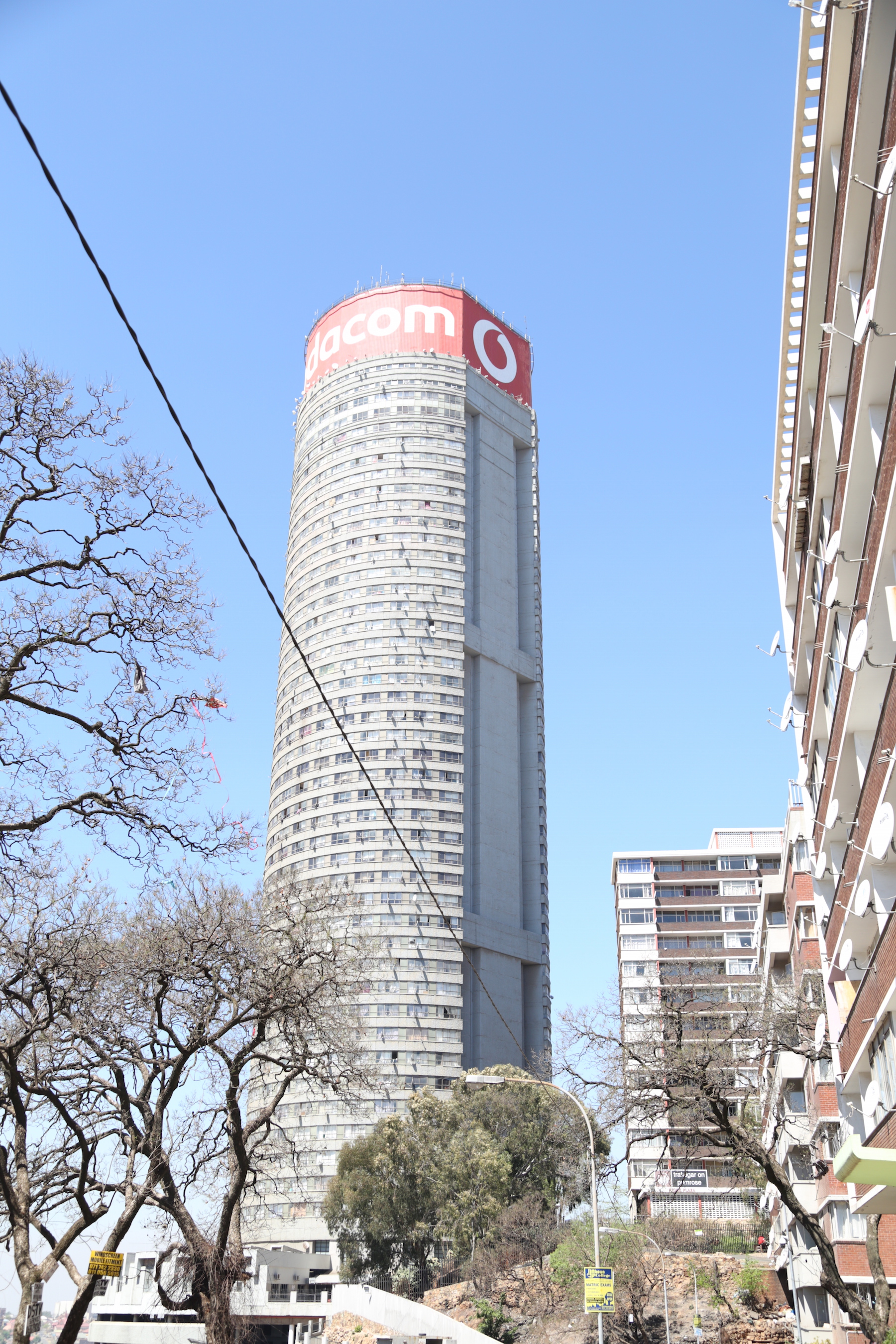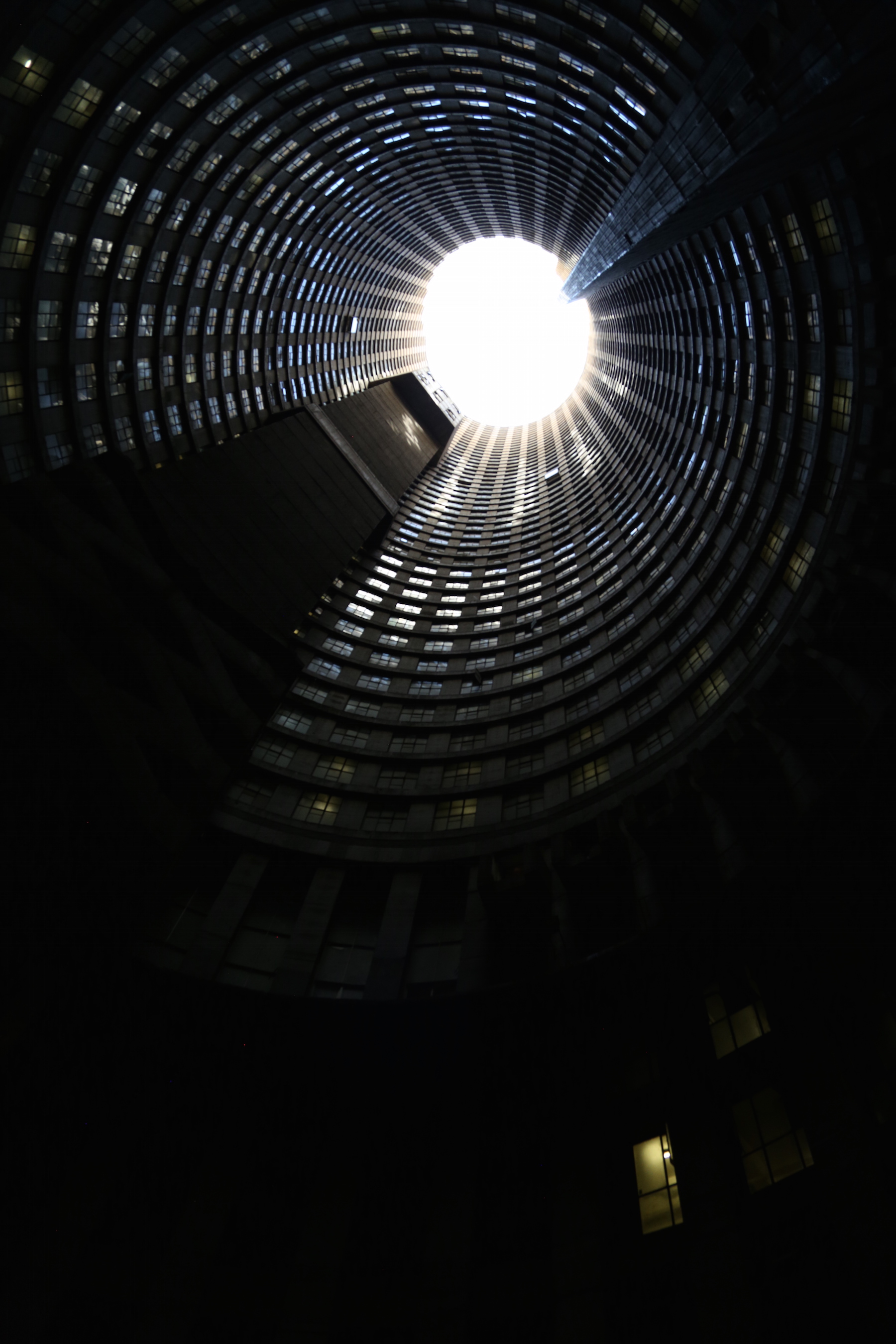Gentrification has not only upgraded derelict buildings in the inner city of Johannesburg, but has also displaced and dispossessed the poor leaving them homeless.
By Doreen Chilumbu, Ralph Chikambi, Tiisetso Tlelima, Vivid Gwede and Vusumuzi Dube
In 2013, the South African movie
"Gangsters Paradise: Jerusalema" hit cinemas around the globe. The
Ralph Ziman directed piece depicted Johannesburg’s inner city as dissolving
into a life of crime and poverty, where drug lords and gangsters highjacked
unoccupied buildings, renting them out and turning them into their crime
havens.
The movie became the unofficial description of
life in Yeoville, Hillbrow and Berea, which once were the city’s affluent
suburbs. It set a pace for urbanism and gentrification as promoted by the state
to lure society’s high class and chase away the poor to the outskirts of the
city.
One such famous residential building, Ponte
Tower, which is located in the heart of Berea was a target. The 54-storey skyscraper
was turned into a slum, the state had abandoned it. Basic services like running,
clean water and electricity were not provided frustrating the largely poor
black community that lived there.
Owing to its deplorable state,
Ponte was referred to as a vertical slum or suicide city because of the number
of people who would jump from flats – and by that ending their lives. In
2009, things began to change. Ponte, built in the 1970s was being renovated.
A number of people who occupied the flats were pushed out and rents
increased.
One occupant, Tyrese Mhlakaza, now pays ZAR 9000
(around $640) for a three bedroom flat. He justifies the high rents saying this
helps to get rid of the “riff-raffs”.

